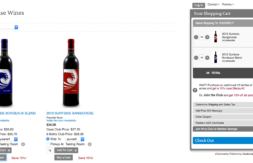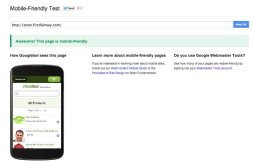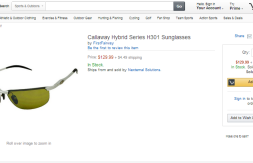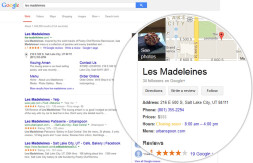Leveraging the Power of Video
Online video is growing at a staggering rate and it’s no wonder. After years of absorbing information through the television, the human mind eagerly accepts and processes video regardless of the means in which it is broadcast. Videos can be searched on sites like YouTube and made instantaneously available to the world at large. So, how can you as an online retailer leverage video to improve your online sales? If used properly it can be used to both improve merchandizing and also as a marketing channel.
How can video be used to better merchandise products? Many consumers feel more comfortable buying something in a store because they can see the product in person, feel the product and in some cases even smell it. While it’s unlikely that online merchants will ever be able to deliver tactile properties or smells over the internet, there is much that can be done to make the customer feel comfortable with the visual aspects. When a prospective customer visits a product detail screen in an online store, embedding a video with the rest of the content can help convert a “maybe I’ll buy this” attitude into an actual sale.
How one uses product videos will depend upon the type of product. For example, if a product is difficult to use, a “how to” video would be a brilliant strategy for making the consumer feel more comfortable with their purchase. Products that make noise also lend themselves well to videos. Some merchants even use video to simply show different angles or aspects of a product. While not all products fit into these categories, certainly there are many that would benefit from a video testimonial. Written reviews of products are always nice, but for some reason video testimonials are likely to feel more genuine and have a greater impact.
Many merchants are yet to consider how they might use video to actually drive new consumers to their website. If it were considered such, YouTube would be one of the largest search engines in the world. From videos on how to do something to those that offer nothing but pure entertainment value, people flock to YouTube on a daily basis and search for all types of things. If you create a video that general consumers might find interesting, absolutely post it on YouTube. However, when you do there are a few things you should consider doing to turn those viewers into traffic on your website.
1. Put a link to that product in the video description. At this time, YouTube doesn’t allow people to make their videos clickable. However, you can post URLs in the description which shows up to the right of the video.
2. Make your YouTube username the same as your domain. For example, if your company’s URL is www.blendtec.com, make your YouTube username “Blendtec.” That way, if someone finds your video interesting, they can easily infer your URL.
3. Make your video Title, Description, and Tags as keyword rich as possible. Doing so will make your videos more likely to appear if someone searches YouTube for one of your products.
4. When the video begins and ends provide a quick fade in and fade out of your company name, logo, and URL.
One of the nice things about YouTube is that good videos tend to get a lot of viral traffic. YouTube makes it easy for people to share videos with friends or add them on social networks such as Facebook and MySpace.
The company mentioned above, BlendTec has had extraordinary success in converting viewers into buyers. While not every company will achieve that level of success with video, BlendTec has proven that it certainly doesn’t hurt to get creative.
On the flip side, filming and producing even a small video of good quality certainly takes a fair amount of time. We recommend starting with a couple of your best concepts, tracking the time and money you spend to make the videos, and then measuring the success 6 months later. If you realized a positive ROI, continue making more videos. The nice thing about a popular video on YouTube is that it can pay traffic dividends for a long time.














